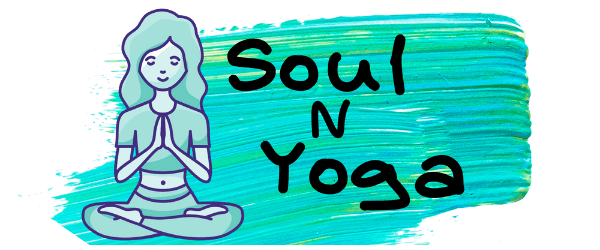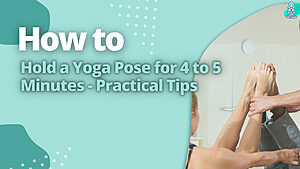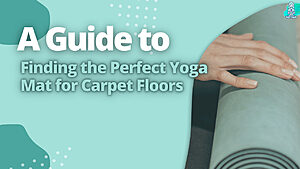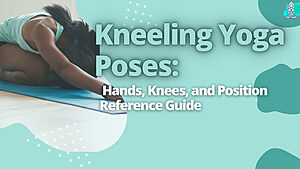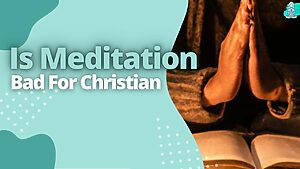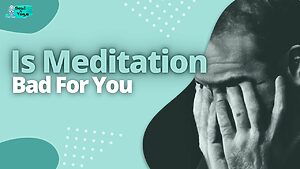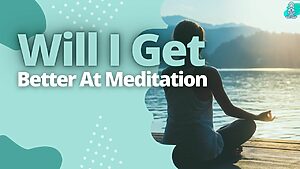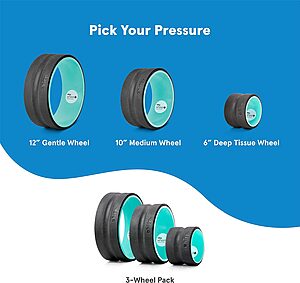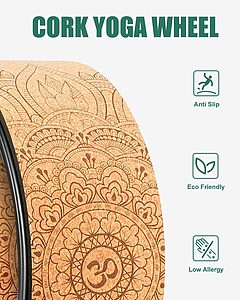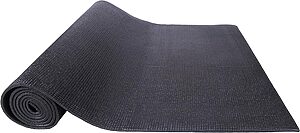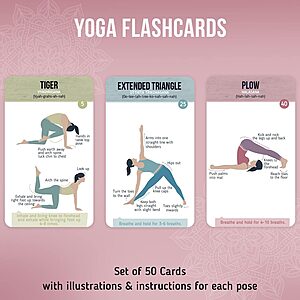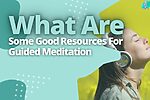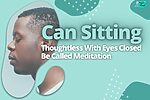As someone who has been meditating for years, I often get asked if it’s okay to meditate with slightly open eyes. The answer is yes! There are many benefits to doing so.
For one, it can help you stay focused and prevent falling asleep. Additionally, it can help ground you in your body and the physical world around you. And lastly, it can help increase your awareness of your surroundings.
So if you’re new to meditation or struggling to keep your eyes closed, give meditating with slightly open eyes a try. You may be surprised at how beneficial it can be.
Key Takeaways
- Meditation with open eyes is possible, and a few different techniques can be used.
- While it is generally recommended to meditate with eyes closed to minimize distractions, some people find that they can focus better with their eyes open.
- If you’re having trouble meditating with your eyes closed, try opening them slightly.
- Remember to focus on your breath and let thoughts come and go without attaching to them.
- You will ultimately be able to meditate effortlessly with either your eyes open or closed, so be patient and keep practicing.

Here’s The Answer To Can I Meditate With Slightly Open Eyes
Yes, you can meditate with slightly open eyes. Many meditation traditions—including Zen— advocate for open-eye meditation. The practice can help you be more present in your daily life and develop a deeper sense of spirituality.
There are several benefits to open-eye meditation. It can help you be more alert during your practice. If your eyelids start to droop, the light coming in through your open eyes will help keep you awake.
Additionally,open-eye meditation can also help you stay present at the moment. With your eyes open, you’re less likely to drift off into thoughts about the past or future.
Instead, you’re more likely to remain aware of your surroundings and focus on the present moment. Open-eye meditation can also be helpful at the end of the day when you’re trying to wind down for sleep.
If you find that closed-eye meditation makes you too tired, try meditating with your eyes open instead. The gentle flickering of a candle or the quiet darkness of a room can help ease you into a state of relaxation and preparation for sleep.
Overall, there are many benefits to meditating with slightly open eyes.
Yes, You Can Meditate With Slightly Open Eyes
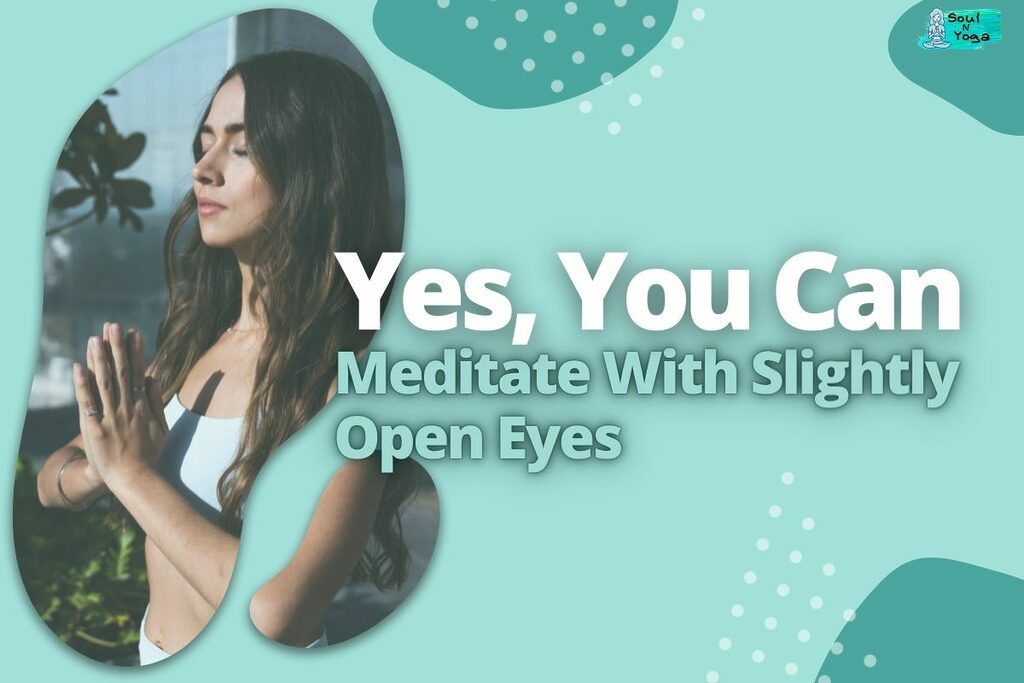
You can meditate with slightly open eyes. Although it seems absurd, it’s an excellent method to begin meditating.
If you’ve been struggling to stay focused and avoid distractions when you meditate, try opening your eyes just a bit—you’ll still reap all the benefits of meditation without skimping on peace of mind.
Doing So May Help You To Stay Focused And Avoid Distractions
The eyes are the window to your soul, so it makes sense that keeping our gaze open can help us stay focused on what we are doing.
Our brains constantly receive information from our surroundings and filter out unnecessary details. With our eyes closed, this process becomes more difficult and may lead to distraction.
When you keep your eyes slightly open during meditation (about 10% of the time), you gain increased awareness of physical and mental distractions. You can use this information to refocus yourself back on your chosen task or activity.
It Is Important To Find A Comfortable Position That Works For You
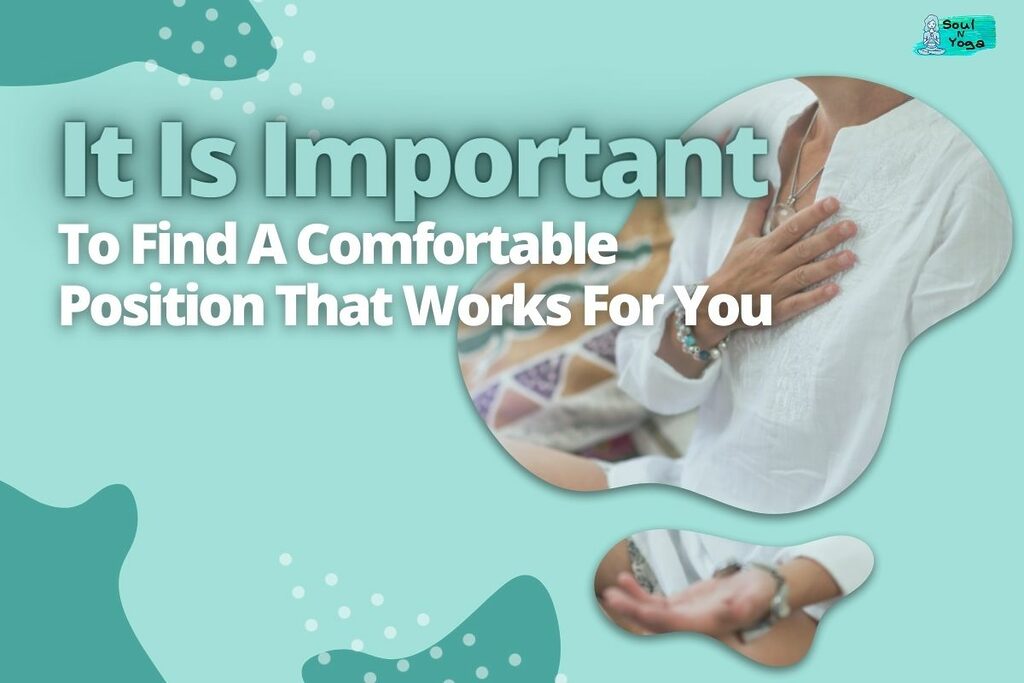
As you begin to practice meditation, you may find it helpful to discover a comfortable position that works for you.
You may sit in a chair, on the floor, or lie in bed. You could also choose to lie down on a yoga mat.
I recommend you explore all options and choose the one that feels best for your body and mind.
You May Want To Experiment With Different Positions And Techniques
You may want to experiment with different positions and techniques.
- Try the lotus position, where you sit with your legs and hands resting on your knees. One of the most common meditation positions for beginners is this one since it supports maintaining a straight spine.
- Try lying down in a comfortable place, using a bolster or pillow under your head if needed. It’s also important to ensure you don’t fall asleep during meditation! Many people find this posture easier to sustain than sitting upright.
- Try sitting cross-legged on a chair or couch, ensuring adequate padding so as not to damage any furniture (or yourself). This position can be uncomfortable depending on how long you’re planning on meditating—but if necessary, try propping up one foot at a time while keeping the other three firmly in place until they become numb enough that it doesn’t matter anymore.
Remember To Focus On Your Breath And Let Go Of Any Thoughts That Arise
- Breathe in, breathe out.
- Don’t worry about how long you are meditating.
- Don’t be afraid to open your eyes if they get tired or start to water.
- Don’t think about what you have to do after meditation.
- Don’t focus on any sounds you hear—if they’re there, let them be there and focus on your breath instead!
The Benefits Of Meditation With Open Eyes
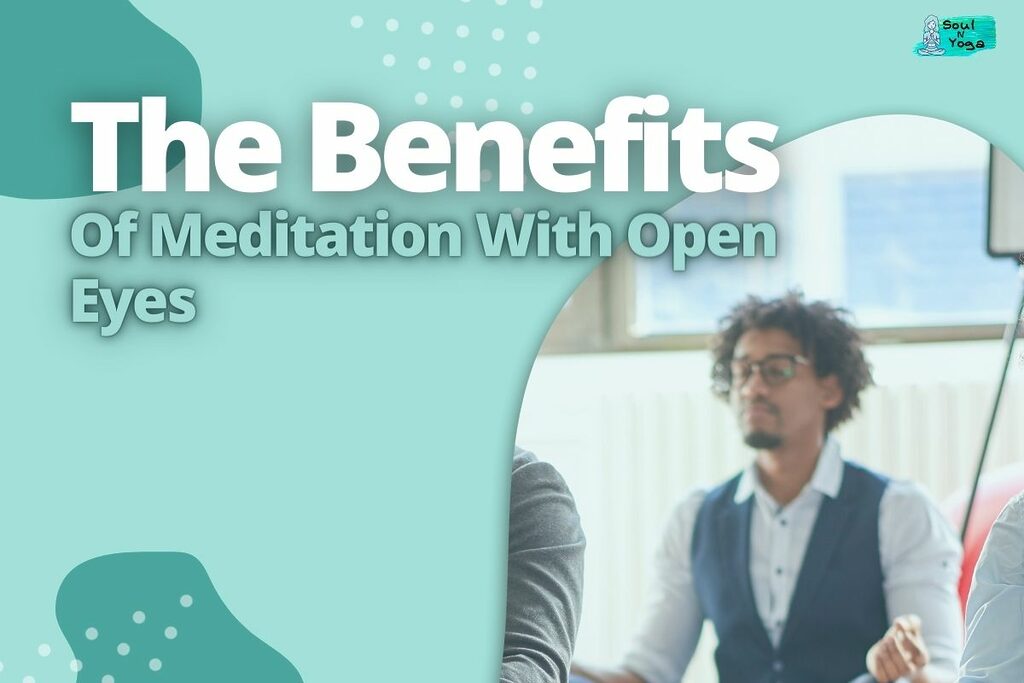
The benefits of meditation with open eyes are numerous. Here are some of the most notable ones:
- It reduces stress. When stressed out, our minds run rampant, and it’s hard to focus on anything else. Keeping your eyes slightly open during meditation will make you feel more connected to the world around you, which can help reduce stress levels.
- It improves focus and concentration skills. Meditation with closed eyes often creates an isolation that makes it harder for us to concentrate on anything other than ourselves and our thoughts—this can create negative feelings like anxiety or fear when trying something new or challenging yourself in some way (like going on an adventure). Keeping your eyes slightly open while meditating will allow you better concentration skills because it allows for more external stimuli (i.e., people talking around you), which helps keep your attention from drifting away from whatever task at hand might be difficult enough without having closed eyes further detracting from its difficulty level.
Tips For Successful Meditation With Open Eyes
Now, let’s talk about your eyes. Keeping them slightly open can help you to focus on your breath. Still, it’s important not to stare at anything in particular.
If you’re new to meditation, keep your mind focused on the breath while keeping your eyes open so that they don’t wander around the room. It’s best not to try too hard to focus on one thing; instead, just let yourself be present for whatever comes into view (even if nothing does).
If you find that your mind is constantly wandering away from focusing on the breath or other aspects of meditation—for example, if you notice yourself thinking about what you had for lunch yesterday—try not to get frustrated with yourself.
Remember: no matter how often our minds wander off course during a meditation session, we always have another opportunity today (and every day) where we can start over again from scratch and give ourselves another chance at success.
We will eventually see results as long as we keep trying every day in practice sessions like this one. The same goes for how long each session lasts.
Pitfalls To Avoid When Meditating With Open Eyes
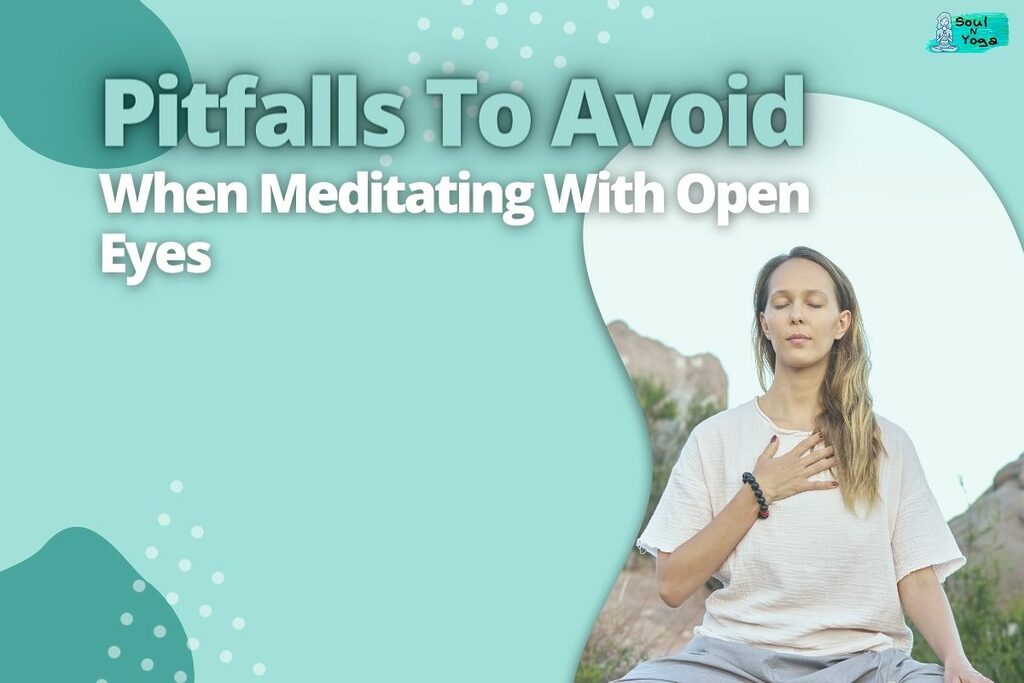
As you meditate, there are a few things to avoid.
- Don’t let your eyes wander, but don’t worry about what other people are doing. Some meditation teachers advise keeping your eyes fixed on a single object in front of you, such as the floor or wall. In contrast, others recommend looking down at your hands and feet. But it’s important to remember that everyone has to find their way in this practice.
- Don’t let your mind wander either—and don’t worry about what other people might think about what you’re doing! Your goal is simply to be present with yourself in each moment without judgment or criticism (see below). This can be difficult when our minds tend toward obsessive thoughts but remember: if this were easy, it wouldn’t be worth doing.
Conclusion
I hope this article has helped you understand and appreciate meditation’s benefits with open eyes. While it may not be for everyone, I believe that anyone who meditates should at least try it once.
Yes, you can meditate with slightly open eyes. It can be helpful to keep your eyes open during meditation, as it can help you focus on your breath and stay present in the moment.
If you find keeping your eyes open too distracting, you can try focusing on a point in front of you or simply closing your eyes. Whichever way feels more comfortable for you is the best way to meditate.
Thanks for reading! Be sure to check out our other articles on meditation and mindfulness. And don’t forget to follow us on social media for updates on new content.
Frequently Asked Questions
What are some techniques for calming down and focusing during meditation?
Some people find it beneficial to concentrate on their breathing or to mentally repeat a mantra or phrase. Others find it helpful to imagine positive thoughts or meditate on a soothing image. Whatever technique works best for you is the best way to meditate.
Are there any risks associated with meditating with slightly open eyes?
No, there are no risks associated with meditating with slightly open eyes. However, suppose your eyes are constantly wandering, or you can’t stay focused. In that case, trying to focus on a point in front of you may be helpful.
Is it possible to meditate while wearing glasses or sunglasses?
Removing your glasses or sunglasses before meditating is better, as they can often be a distraction. However, if you use prescription lenses and need to wear them during meditation, take them out before beginning the practice.
How can I ensure my meditation practice is the right fit for me?
The best way to find out if meditation is the right practice for you is to try it. The techniques and practices can be different for everyone, so there’s no wrong or right way to meditate. Simply be willing to give new things a try and see how they affect you.
My name is Mugen Seki, and I’m a painter and yoga enthusiast who is passionate about bringing together art and exercise in ways that help people connect with their inner selves. When I’m not painting, I’m practicing yoga. And when I’m not doing either of those things, I’m usually thinking about them.
- How to Hold a Yoga Pose for 4 to 5 Minutes – Practical Tips
- A Guide to Finding the Perfect Yoga Mat for Carpet Floors
- Kneeling Yoga Poses: Hands, Knees, and Position Reference Guide
- Is Meditation Bad For Christians (The Surprising Answer)
- Is Meditation Bad For You (Don’t Believe Everything)
- Will I Get Better At Meditation (Understand The Secret)
